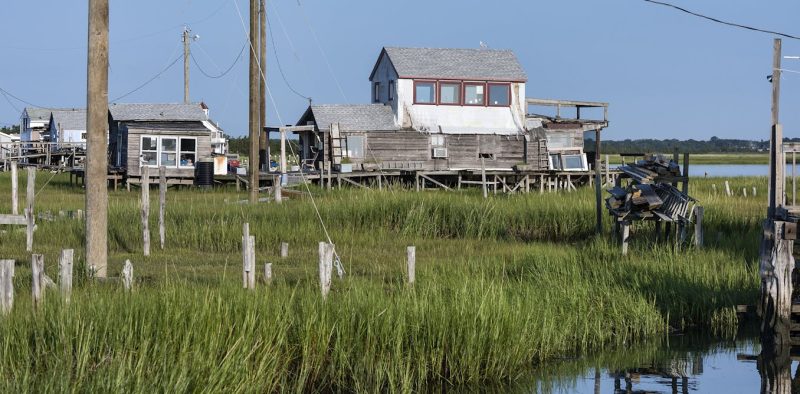
It’s an undeniable truth: warming temperatures, devastating wildfires, and increasingly frequent flash floods are impacting lives across the United States. And with the government’s plans to significantly increase fossil fuel production, these risks are only set to intensify. This raises a critical question: is the nation adequately prepared to adapt to these escalating consequences?
For years, federally funded scientists have diligently worked to develop solutions that mitigate the damaging effects of climate change on communities and livelihoods. However, a deeply concerning trend is emerging. The White House is proposing to eliminate funding for climate adaptation science in the upcoming federal budget. Reports even suggest that the dismissal of federal climate adaptation scientists is imminent. This is a devastating blow to ongoing efforts to protect our nation.
As researchers and directors of regional Climate Adaptation Science Centers, we’ve witnessed firsthand the crucial work these programs undertake. These centers, funded by the U.S. Geological Survey since 2011, have played a vital role in protecting natural resources and building community resilience against climate risks. Their success stories demonstrate the tangible benefits of investing in climate adaptation science.
Consider, for example, the fight against wildfires. Researchers have developed advanced forecasting models to pinpoint high-risk areas at different times of the year. This empowers communities to implement proactive measures, such as controlled burns to clear dry vegetation, creating firebreaks to protect homes, and managing invasive species that increase fire risk. These solutions are developed in close collaboration with forest and wildland managers, ensuring practicality and effectiveness tailored to each unique area. This research is then integrated into best practices for wildfire management, extending its impact far beyond the initial research.
The importance of this work is further highlighted by the challenges faced in protecting shorelines and fisheries. Rising sea levels threaten vital salt marshes, which act as natural buffers against storms and serve as crucial breeding grounds for fish. Adaptation researchers are developing localized flood projections to help coastal communities plan for the future and are collaborating on salt marsh restoration projects. This includes assessing sediment buildup and developing procedures for monitoring and restoring these crucial ecosystems.
Similarly, in Alaska and the Northwest, the impact of rising water temperatures on salmon populations is a pressing concern. Adaptation scientists are evaluating the effectiveness of fish rescues – temporarily relocating salmon to safer environments during periods of extreme heat – and creating early warning systems to help salmon survive. These efforts involve broad partnerships with tribes, non-profit organizations, and government agencies, demonstrating the collaborative nature of this vital work.
The threat of invasive species, also exacerbated by climate change, is another area where adaptation science plays a crucial role. Researchers are identifying and prioritizing risks from invasive species, enabling state managers to address these threats proactively before they cause widespread damage. These regional invasive species networks are becoming essential resources for managers across the country.
The success of these climate adaptation projects hinges on the strong working relationships between scientists and natural resource managers. These collaborations are essential to translate scientific knowledge into practical, on-the-ground action. With climate extremes poised to intensify in the coming years, the potential loss of this adaptation science leaves the United States alarmingly vulnerable to future climate hazards. Investing in climate adaptation is not merely an expense; it’s a critical investment in our nation’s future resilience and well-being.










